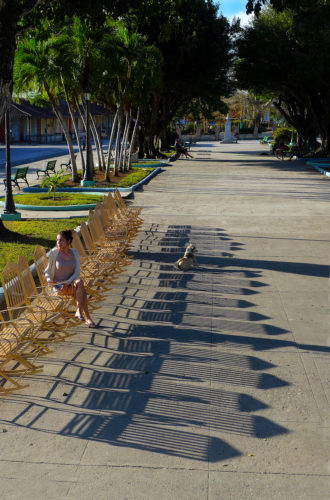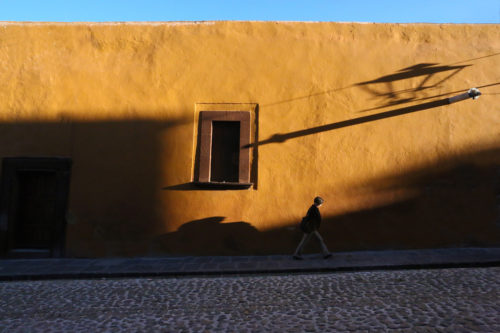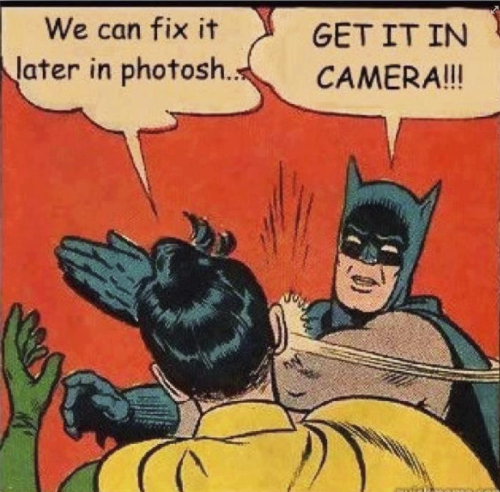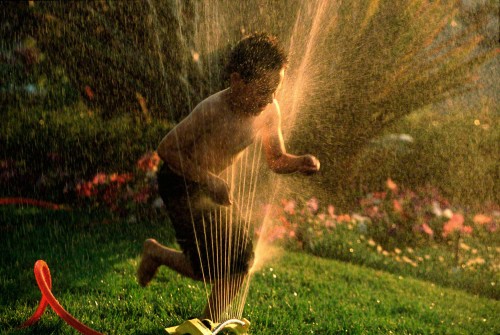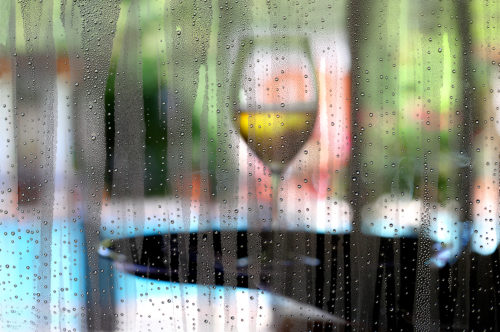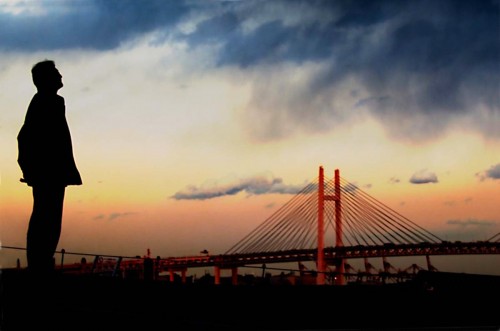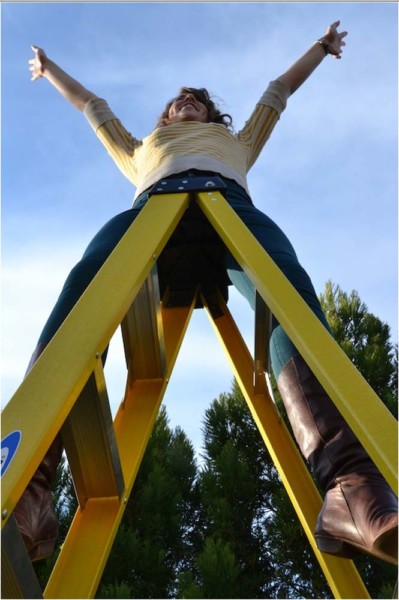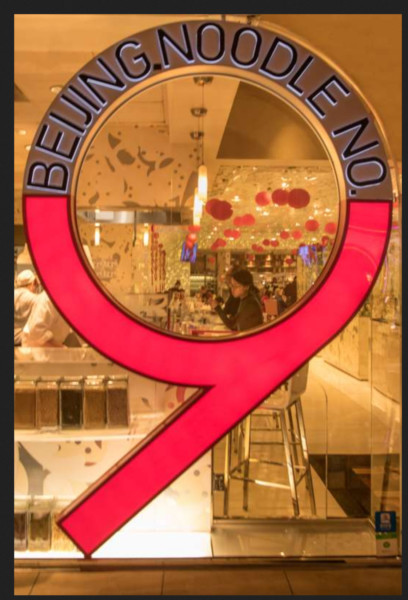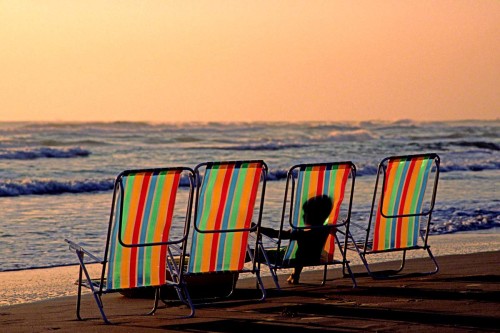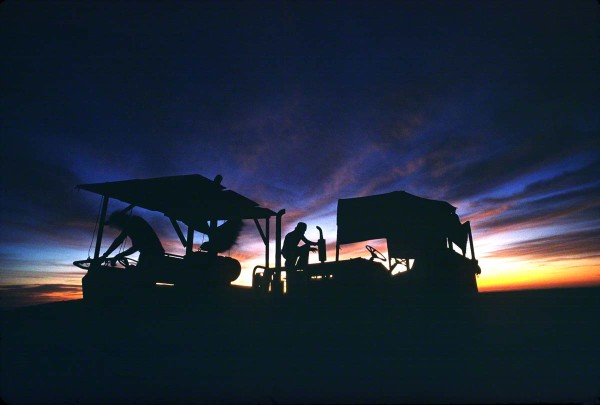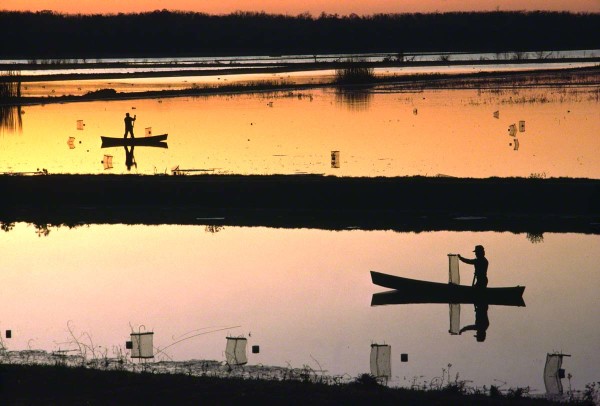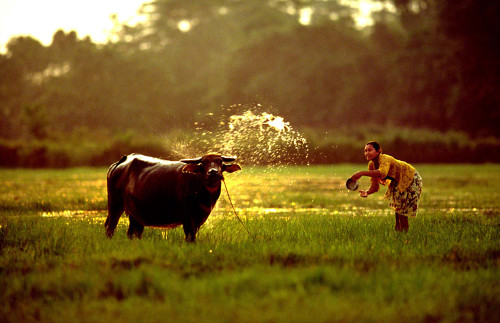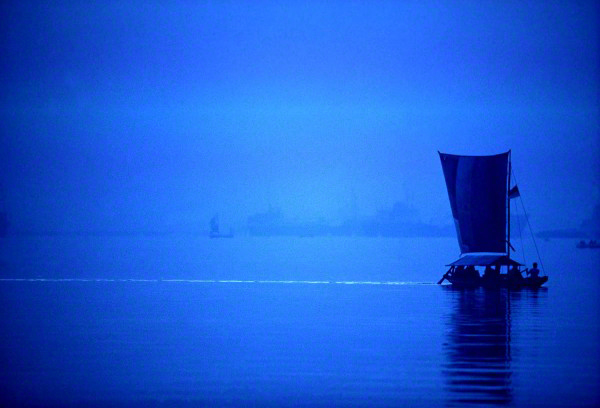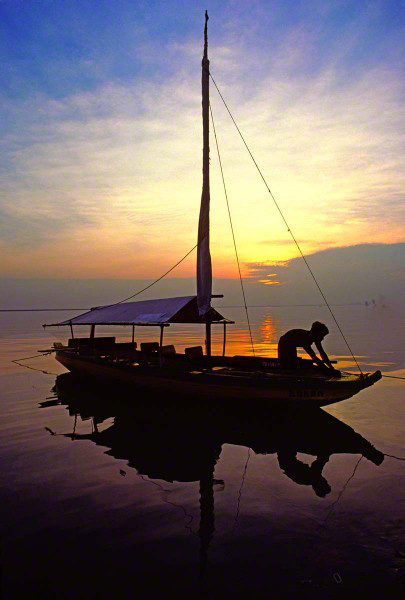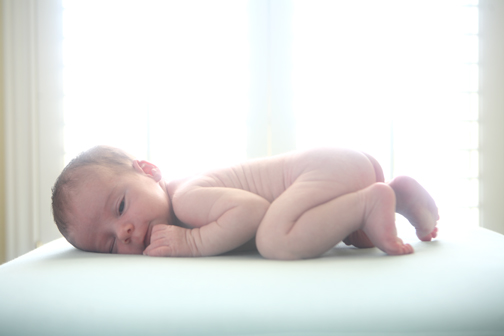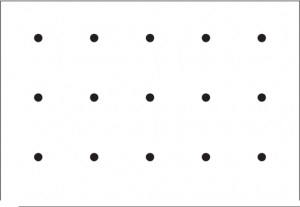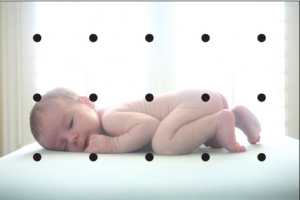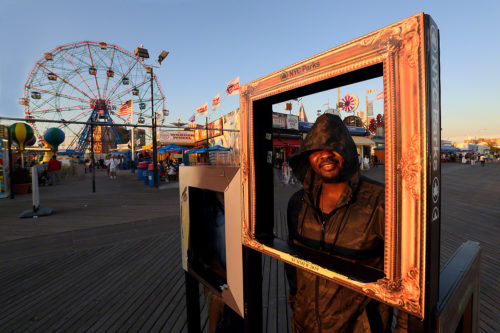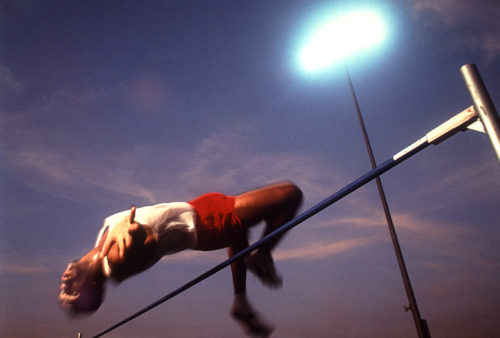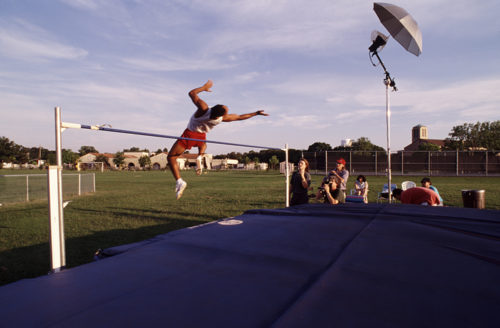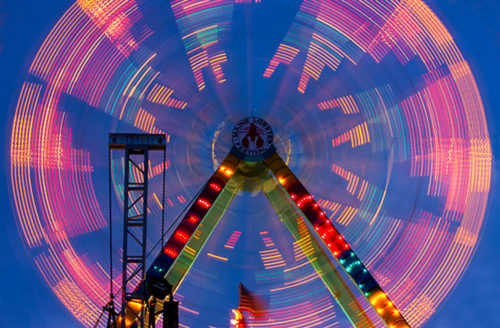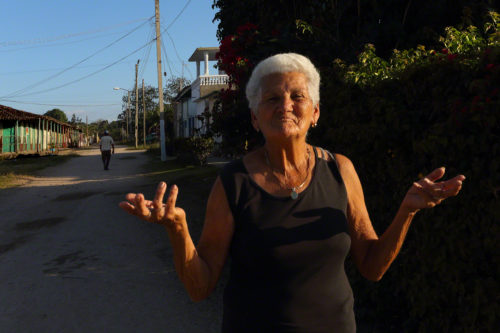
The easiest part of photography is when you click the shutter. Anyone can do that because this particular aspect of photography requires no practice, talent, or any knowledge of the camera itself; other than knowing exactly where the button is that you press down on that results in a photograph being taken.
Having said that, to take a photo that you would be proud of enough to put it on your wall is a whole new ballgame. Not everyone can do that, but I can help. I teach online classes with the BPSOP, and I also conduct my “Stretching Your Frame of Mind” all over this very round planet.
It’s hard to find an analogy for anything these days that specifically refers to photography, but the one that comes to mind is the ability to hit a golf ball straight; not far, just straight. For those of you that play the game, you’ll understand just where I’m going with this. For those of you that don’t, I think when I explain everything you’ll get the ‘picture’.
In the game of golf, anyone can own a set of expensive clubs, new golf balls, shoes, a golf glove, and rent a cart. However, here’s what has to happen to hit the golf ball straight: Your grip on the club, clubface square to the ball, your stance in relation to where the ball is, backswing, positioning of the shoulders, the way the hip turns, the follow-through, and keeping your head down.
So, now comes the second half of the analogy, clicking the shutter. Anyone can own the top of the line Nikon, Canon, Sony, or a Fiji, and all the lenses each camera offers. The best camera case, a carbon fiber Gitzo tripod, expensive filters, and anything else that you can possibly imagine.
Now, I can tell you that none of that matters if taking ‘wall hangers’ is what you’re after…and who doesn’t want that? When you come right down to it, the ten inches behind the camera is what matters. Having the best camera doesn’t mean a thing. It’s like someone telling you that because you have an expensive typewriter, you must be a great writer.
Here’ what matters before you click the shutter: Knowing where the light is coming from, knowing where to stand in relation to the light, when to stand to get the best light, and how long you have to shoot there. Thinking about the negative space as much as the positive space, is your composition balanced, what’s going to be in focus, aka the depth of field, correct shutter speed/exposure combination, always thinking about Dynamic Range in a composition, focus points, making sure your idea is a ‘quick read’, did you do your ‘border patrol’, checked those four corners, the 15Point Protection Plan, and when you should be using a tripod.
I’m sure there’s more, but these immediately come to mind and if you just work on these guidelines, your imagery will go up (what I refer to as ) a notch or two.
Visit my website at www.joebaraban.com, and check out my workshop schedule at the top of this blog. Come shoot with me sometime.
JoeB
